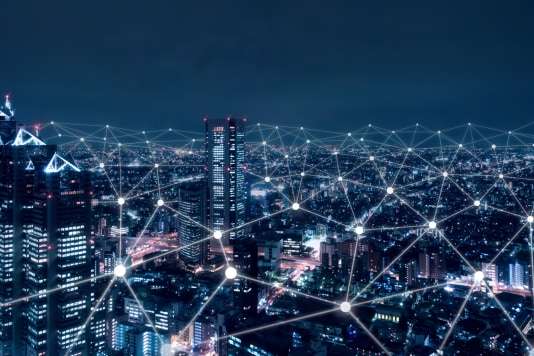Story of the month
According to latest IPCC¹ data, the industrial sector is responsible for around 24% of the world’s greenhouse gas emissions. Four sub-sectors, which can be described as heavy industry, account for two-thirds of these emissions: cement, petrochemicals, steel, and aluminum. While the road to achieving net-zero emissions is complex, the tripling of investments over the last five years (to $48.6 billion in 2023) in the decarbonisation of the industry is very encouraging. From the technologies deployed to the support policies that are beginning to emerge, the decarbonisation of the industry holds the potential for growth and value-creating innovation within the investment universe of the ODDO BHF Green Planet fund.
TECHNOLOGY OPENS UP NEW CHANCES
Until now, heavy industries have relied on two main sources to reduce their greenhouse gas emissions: the use of recycled raw materials (metals, plastics) and the purchase of clean energy. However, the acceleration in investment in recent years has mainly focused on projects involving two technologies that are likely to be at the heart of production processes by 2030: low-carbon hydrogen and carbon sequestration.
- Still marginal today, with 0.5 million tons of capacity, the annual production of low-carbon hydrogen could increase 30-fold by 2030 to reach 15 million tons. More than half of the projects announced concern “green” hydrogen, produced from the electrolysis of water fueled by a renewable energy source. But “blue” hydrogen, produced from natural gas with carbon capture, remains the most economically attractive in the short term and is enjoying strong demand from the United States and Asia. Today, the petrochemical (17% of demand) and refining (19% of demand) sectors are the main growth vectors for low-carbon hydrogen, while several projects announced for 2023 also concern the steel sector.
- Global investment in carbon capture and sequestration almost doubled in 2023 for the second year running, reaching a record $11.3 billion. While the dominant technology between now and 2030 is likely to remain “liquid” capture (based on chemical loops that bring the captured air into contact with a basic aqueous solution such as potassium hydroxide, which removes the CO2), “solid” capture (based on solid sorbents) looks in the cement sector. In the light of the projects announced, hydrogen and electricity production should dominate the CO2 capture market between now and 2030 (36% of announced capacity), but cement manufacturers are continuing to increase their capacity at a rapid pace, with almost 28 million tons of CO2 capture per year expected to come on stream.
WITH THE SUPPORT OF PUBLIC POLICY INCENTIVES
Given the challenge of decarbonizing industry (which accounts for 24% of global greenhouse gas emissions), public authorities have taken up the issue in recent years, introducing initial support measures. While still in their infancy in China and India, public incentive policies are much more advanced in the major industrial zones of developed countries, particularly the United States and Germany.
- In March 2024, the US Department of Energy (DOE) selected 33 decarbonization projects in several sectors, including cement, steel, petrochemicals, aluminum, and glass, to receive a total of $6 billion in subsidies. This financial support is part of the major infrastructure development programs (Bipartisan Infrastructure Law) and the Inflation Reduction Act, giving project sponsors the opportunity to benefit from tax credits. The main beneficiaries are the cement and steel sectors for projects linked to low-carbon hydrogen and carbon capture.
- In Germany, as part of a new program called “Carbon Contracts for Difference”, the government launched an initial series of auctions at the beginning of 2024 for decarbonisation projects in the chemicals, steel and cement sectors. Applicant companies are required to submit a carbon price that will enable them to profitably deploy technologies to reduce their emissions, with the government covering the difference with the price under the European Union Emissions Trading Scheme. The funding envelope for this first auction is €4 billion, and does not currently cover carbon capture and sequestration technologies
OUR EXPOSURE TO THE DECARBONIZATION OF HEAVY INDUSTRY
The ODDO BHF Green Planet fund is currently invested in two key players in the decarbonisation of the industry:
- Linde, an American-German group, and world leader in industrial gases, generates 35% of its sales from industrial customers (chemicals, metals). In recent months, Linde has announced new long-term contracts for the supply of low-carbon hydrogen and carbon capture, notably with the American group Celanese;
- Air Liquide, the French group and the world’s second-largest producer of industrial gases, generates 26% of its sales by working with major industries to decarbonize their production processes. In June 2024, Air Liquide announced a record investment of $850 million in the United States as part of a long-term agreement with ExxonMobil to produce low-carbon hydrogen.




